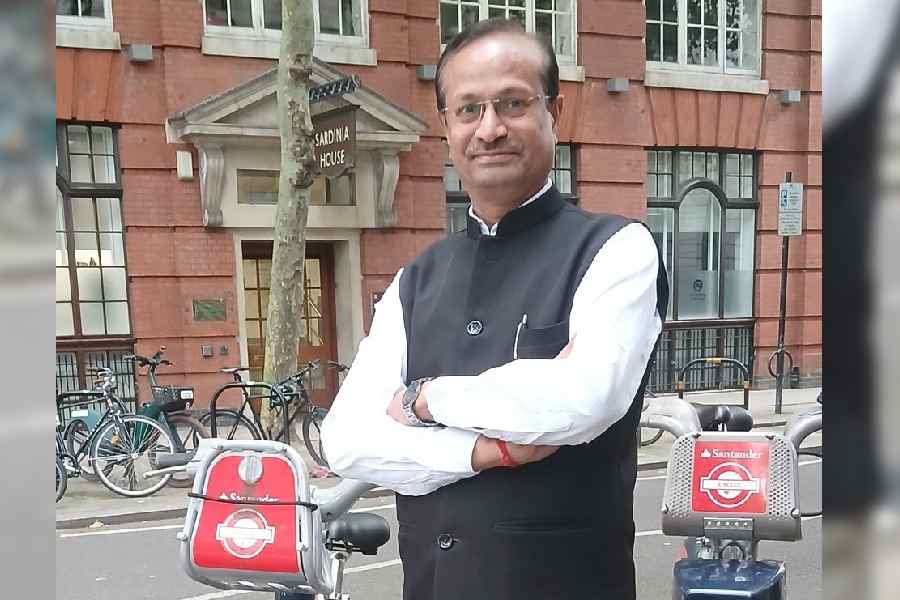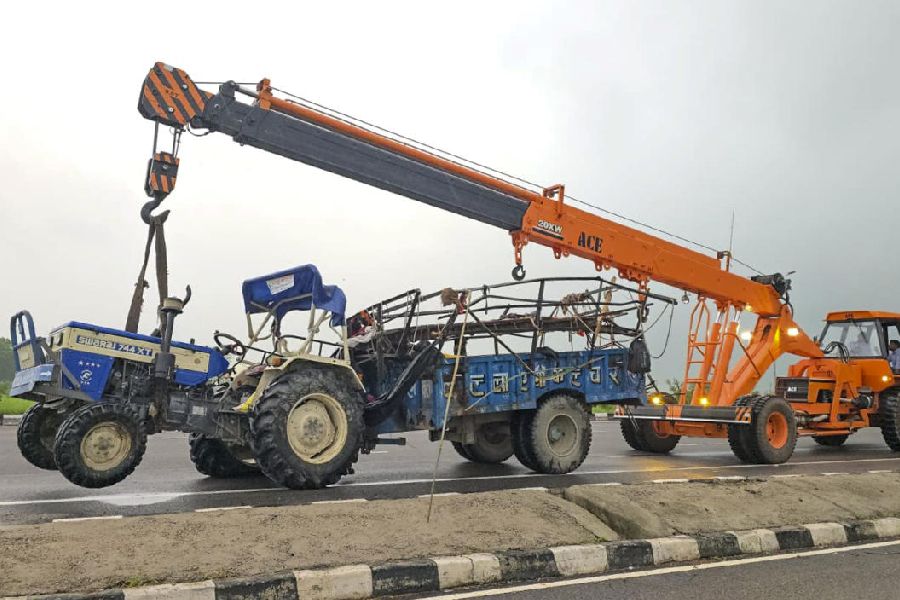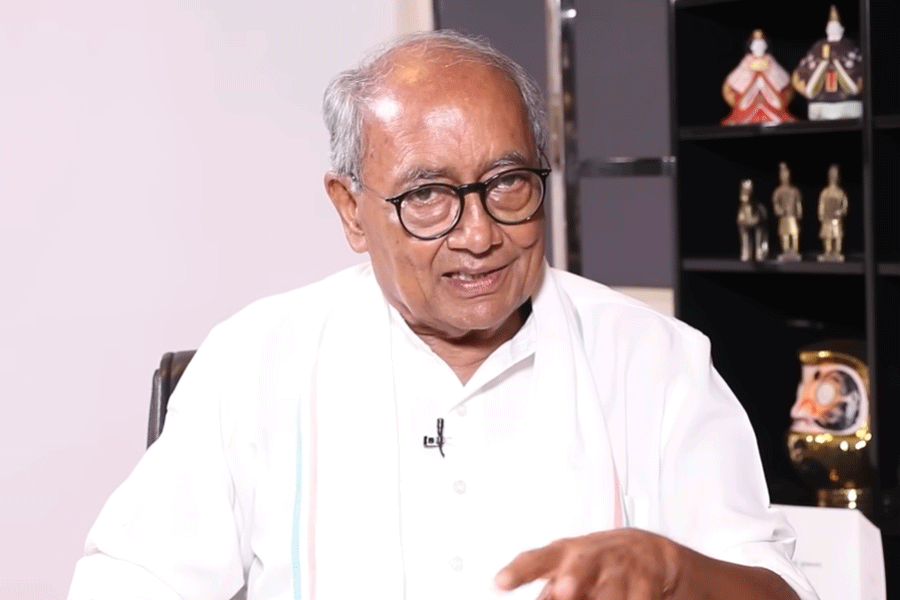After a battery of tests, the doctor spelt out the dreaded sentence: “To save your life, we have to amputate your right leg from the knee.” Mahendra Vinayak’s world came crashing down.
A businessman in his early 50s, it was during one of his frequent official tours that he experienced a sharp pain in his right leg. Initially, he blamed it on exhaustion, but when the pain persisted and some open wounds surfaced on the leg, he made his way to the doctor’s chamber.
A detailed examination revealed he was suffering from peripheral vascular disease (PVD), which reduced the circulation of blood to his legs, and he was just short of gangrene.
“We get plenty of patients like him, who enter the hospital with the apprehension of losing a limb,” says Ramesh Sheshadhri, consultant cardiovascular surgeon, Apollo Gleneagles Hospitals. “With the incredible progress in vascular surgery, it is now possible to prevent many of these unfortunate amputations,” adds Sheshadhri, who has operated on 20 such patients.
The condition affects the arteries of the extremities, especially the legs. It occurs mostly as a sequel to atherosclerosis, an age-related change in the arteries, when the vessels become hardened. It affects all the arteries of the body, but while the coronary artery gets its share of attention, the peripheral arteries are frequently neglected, lament doctors. Diabetes, smoking and a high cholesterol count make a deadly combination, increasing risk of the disease.
Like most other vascular ailments, PVD gives out early warning signals. The most common symptom is pain in the leg while walking, which vanishes on resting for a while. In extreme cases, the pain persists. The affected leg becomes dark and cold to touch and sensation diminishes. The legs develop open sores or ulcers. But such signals are scarcely heeded, lament cardiovascular specialists.
“Yes, PVD is a grossly underreported problem and a large section of the affected population tends to ignore the condition till it spins out of control. From the medical perspective, too, it remains a soft spot and a lot of ground needs to be covered by us,” admits Kunal Sarkar, consultant cardiac surgeon, Rabindranath Tagore International Institute of Cardiac Sciences.
Sarkar feels a good number of cases, where specific areas are blocked, can be cured with a reasonably early detection. A simple, non-invasive test — the Doppler Study — can diagnose the blockage. Based on the findings of the Doppler and the patient’s symptoms, the therapy is decided upon.











